Photo Gallery for Acronicta americana - American Dagger | 114 photos are available. Only the most recent 30 are shown.
|
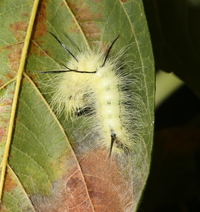 | Recorded by: David George, Stephen Dunn, Jeff Niznik on 2023-10-06
Orange Co.
Comment: |  | Recorded by: Jim Petranka, Bo Sullivan and Becky Elkin on 2023-09-14
Macon Co.
Comment: |
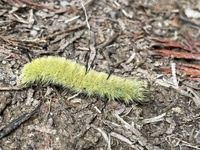 | Recorded by: Morgan Freese on 2023-09-12
Buncombe Co.
Comment: | 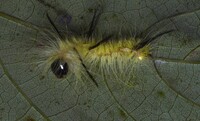 | Recorded by: David George, Stephen Dunn, Jeff Niznik on 2023-09-07
Chatham Co.
Comment: |
 | Recorded by: Andrew W. Jones on 2023-08-29
Polk Co.
Comment: |  | Recorded by: Andrew W. Jones on 2023-08-29
Polk Co.
Comment: |
 | Recorded by: Stephen Hall on 2023-08-18
Orange Co.
Comment: |  | Recorded by: Stephen Hall on 2023-08-18
Orange Co.
Comment: |
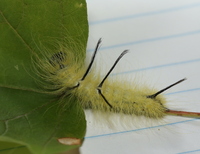 | Recorded by: David George, Jeff Niznik on 2023-08-14
Orange Co.
Comment: |  | Recorded by: David George, Stephen Dunn, Jeff Niznik on 2023-07-31
Swain Co.
Comment: |
 | Recorded by: David George, Stephen Dunn, Jeff Niznik, Rich Teper, Becky Watkins on 2023-07-30
Swain Co.
Comment: |  | Recorded by: David George, Stephen Dunn, Jeff Niznik, Rich Teper, Becky Watkins on 2023-07-29
Swain Co.
Comment: |
 | Recorded by: Jim Petranka and Becky Elkin on 2023-07-27
Buncombe Co.
Comment: | 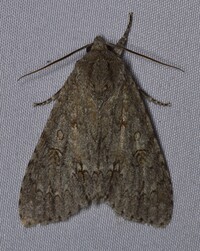 | Recorded by: Jeff Niznik, Stephen Dunn on 2023-07-26
Chatham Co.
Comment: |
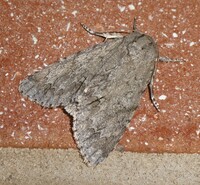 | Recorded by: Simpson Eason on 2023-07-23
Durham Co.
Comment: | 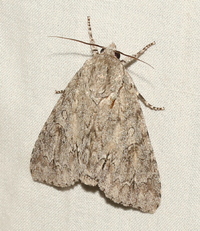 | Recorded by: David George, Steve Hall, Stephen Dunn, Jeff Niznik, Rich Teper, Becky Watkins on 2023-07-22
Orange Co.
Comment: |
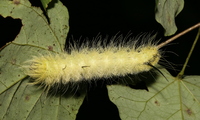 | Recorded by: David George, Steve Hall, Stephen Dunn, Jeff Niznik, Rich Teper, Becky Watkins on 2023-07-22
Orange Co.
Comment: | 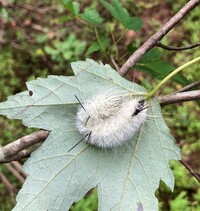 | Recorded by: Dean Furbish on 2023-07-22
Wake Co.
Comment: |
 | Recorded by: David George on 2023-07-21
Durham Co.
Comment: | 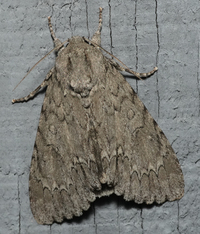 | Recorded by: Chuck Smith on 2023-07-16
Davidson Co.
Comment: |
 | Recorded by: David George, Jeff Niznik on 2023-07-09
Orange Co.
Comment: on Acer negundo |  | Recorded by: John Petranka, David George on 2023-07-07
Orange Co.
Comment: |
 | Recorded by: Chuck Smith on 2023-07-04
Davidson Co.
Comment: | 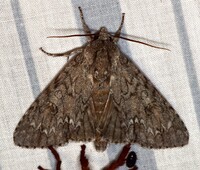 | Recorded by: Stephen Dunn on 2023-07-02
Orange Co.
Comment: |
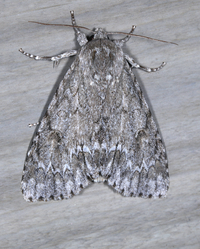 | Recorded by: Jim Petranka on 2023-06-28
Madison Co.
Comment: |  | Recorded by: David George, Jeff Niznik on 2023-06-06
Durham Co.
Comment: |
 | Recorded by: Chuck Smith on 2023-06-03
Davidson Co.
Comment: | 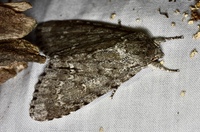 | Recorded by: David George, Stephen Dunn, Jeff Niznik on 2023-06-03
Orange Co.
Comment: |
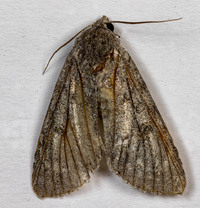 | Recorded by: Stephen Hall on 2023-05-23
Orange Co.
Comment: |  | Recorded by: Dean Furbish on 2023-05-23
Wake Co.
Comment: |
|